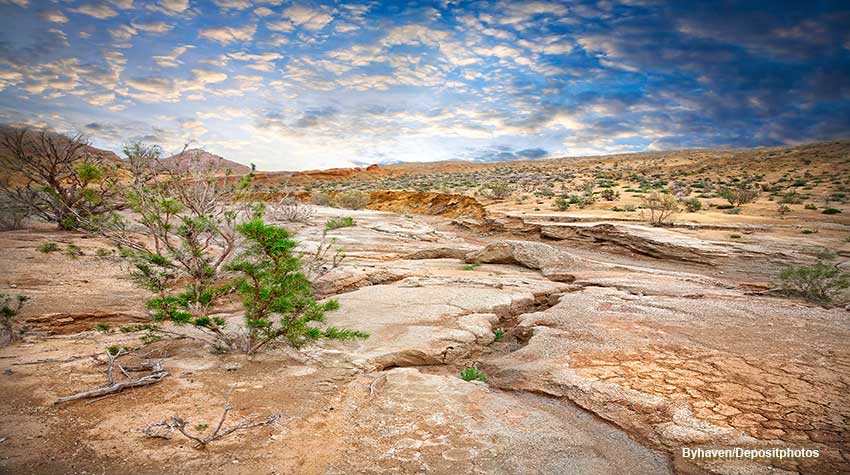Updated June 2022
From today’s headline (22-6-2022), World Day to Combat Desertification and Drought 2022.
“Drought in Chile: the effects of climate change and the overexploitation of reserves. Since 2007, Chile has suffered an extreme drought. In many regions, the flow of streams and rivers has been reduced by between 50 and more than 90 percent. The reservoirs dry up.”
D.W.
We have taken this example, not because there are no others on our continent, but because of how newsworthy this text is.
Our planet could have been called “Water” instead of Earth, because of the immense amount of the vital liquid that it houses. For something is blue and not ocher, although the atmosphere also helps paint that wonderful tone, envy of the other planets of the Solar System, not to mention the exuberant and varied life that has developed on Earth, precisely thanks to water.
However, and here comes the obligatory question: how is three quarters of the surface of our planet Water, there is no drinking water for everyone? The answer is obvious. The largest amount of H2O is salty, not suitable for human consumption or other species.
In my time as a child and teenager, a long time ago, I was thinking about the problem and not only imagined flying cars, underwater cities or space cities for that then distant year 2000. I also fantasized about supersonic desalinizers distributed across the five continents. It did not fit in my mind that on the planet Water not everyone could have at hand a glass of transparent and drinkable liquid at the time of being thirsty.
97.5% of the water that exists in our planet is salty and the rest, not all is suitable for human consumption. At present there is a production of about 24 million cubic meters of desalinated water per day in the world, for a supply of more than 100 million people. Desalination plants have several drawbacks. In the process of extracting the salt, pollutant residues are produced that can harm the flora and fauna. In addition, they represent a high expenditure of electricity consumption.
In the prelude to the age of artificial intelligence and clean energy, it should not be so complicated to convert salt water into fresh water without causing inconvenience. This would not only solve the thirst, but also the hunger resulting from the drought that prevents sowing and therefore supplying the food that is needed in many places.
We are still in time to divert some money from military budgets and manufacture fewer atomic bombs and missiles, to go to the conquest of the liquid continents that overflow with our salty waters our planet. The drought is no longer exclusive to the remote villages, it also approaches at full speed at the gates of the big cities. It is unthinkable that on the planet Water there is no drinking water for everyone.
Sandor Alejandro Gerendas-Kiss







Leave A Comment